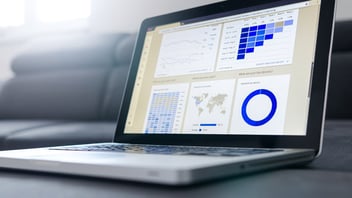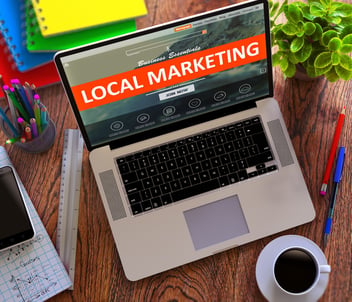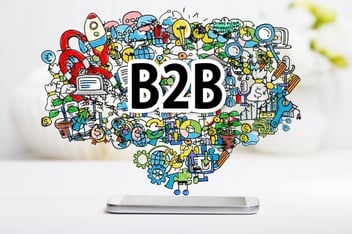In this guide we’ll show you what a tailored B2B email lead generation looks like, start to finish.
If you arrived here from our guide to 32 B2B lead generation strategies you can implement immediately, this guide will build on a couple of those tactics.
If you arrived here from a search engine, here’s what you can expect -
- A quick intro into why email campaigns are useful for B2B lead gen.
- The different types of email you can use in campaigns.
- The benefits of automation and conditional logic.
- The benefits of personalisation.
It’ll be short and sweet, so let’s get to it.

Why email marketing is useful for B2B lead generation
Lead generation through email may sound a bit off. Surely email is nurturing existing leads, rather than generating new ones?
But think of it this way -
Just because someone’s given you their email, doesn’t mean they’re a lead. They’re a contact, and they need to be turned into a lead by tailored marketing communication.
B2B email marketing is a great way to do this. It allows for large-scale communication with contacts, while also allowing for bespoke email content and tailored journeys toward becoming a lead and, hopefully, making a purchase.
While we’re here, take note -
B2B marketing emails’ GDPR requirements are fairly strict. You’ll want to make sure your data collection and storage policies are compliant with GDPR. The risks of not complying are too big to be worth taking.
The types of emails you can use in B2B lead gen campaigns
In terms of architecture, B2B lead-gen email campaigns are quite simple. Often you’ll send a short chain of emails each serving a slightly different purpose.
Here’s a breakdown of the architecture of a B2B lead generation email campaign we find to be useful. This process is usually called a ‘workflow’ -
- We create a resource that will provide real value to prospective buyers of products and services in our client’s industry.
- We upload the resource onto their website and put it behind a form. Prospects must give their name and email (and sometimes a couple of other pieces of information) in exchange for downloading the resource. This step also covers GDPR consent, meaning our campaigns are compliant.
- We send an email thanking them for requesting access to the resource, along with a download link where they can grab a copy.
- A couple of days later, we send an email asking how they’re getting on, and sending some top-level information about the products or services relevant to the resource and their needs.
- After that, we send an email with a CTA designed to guide the prospect further along their prospective buyer journey. This could be an information page, an invitation to a free trial, or similar—something to nudge them toward making a purchase.
- This is usually followed up by one or two more emails with varied CTAs and messaging designed to appeal to a range of needs.
- If at any point a reader engages with a CTA - perhaps they sign up for a free trial of our client’s service - they’re moved into a different workflow. This step is vital in ensuring a prospect isn’t spammed with information that’s no longer relevant to our understanding of their position in the funnel.
- If they don’t engage with a CTA, we stop contacting them until we hear from them again.
Until Step 7 in the process above, the prospect isn’t a lead. They’re receiving marketing communication, but they’ve not yet expressed a clear interest in moving toward a commercial outcome.
This is why email marketing is a lead generation tactic, as well as a lead nurturing tactic.
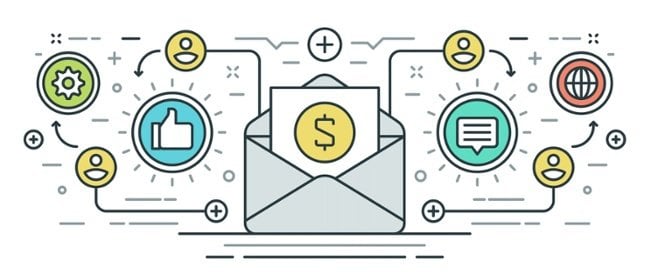
How to automate a B2B email campaign
Most email management platforms - whether you use HubSpot, Mailchimp, or something else - have automation tools built-in.
These tools let you build complex email campaigns with specific triggers and trajectories. For example, swapping your name and email for a downloadable resource would be the trigger for the campaign we detailed above.
When automating an email campaign, you get to choose a few things -
- How many emails to send?
- Which order to send them?
- When to initiate the first email.
- How long to leave between each subsequent email?
- The time of day to send emails (usually controlled for time zone, as well).
- Triggers for removal from the workflow.
Best practice for workflows is to send 3-5 emails maximum unless a recipient expresses interest in receiving further communication.
Campaigns are most often built with templates - pre-built emails that can be reused and tweaked again and again.
Setting up lead generation email templates saves time writing every email from scratch.
By curating the time between each email being sent, you give recipients a chance to breathe and engage with every part of the workflow. This is much more appealing than a bombardment of 5 emails in an afternoon.
And by sending emails during office hours only, you reduce the chance of them being buried or missed.
How to use conditional logic in automated email campaigns
Conditional logic lets you sculpt the journey of individual targets based on their actions.
In the example we gave earlier, someone becomes a lead when they engage with a commercial-based CTA. They’re then removed from the introductory workflow, and placed into another workflow that guides them from their trial toward purchase.
Email management platforms have conditional logic features built-in. It’s usually a case of selecting the criteria that need to be met for a target to receive different future emails based on their actions.
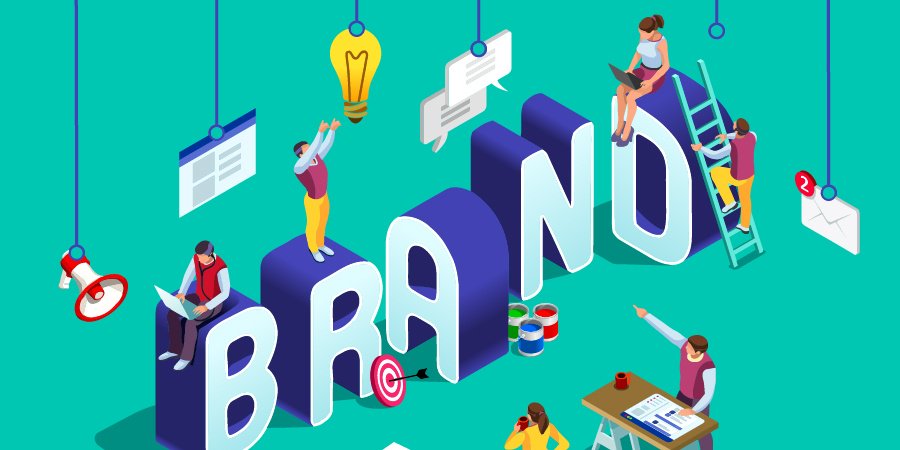
How to personalise a B2B email campaign
The best lead generation emails treat prospects as individuals, rather than part of some homogeneous marketing blob.
Take this example email subject -
“Hi Pete 👋 We think you’ll love our guide to B2B lead generation success”
And compare it to an example B2B cold email subject line -
“Download our B2B lead generation guide today”
(And obviously, pretend it says your name if your name isn’t Pete.)
Seeing your name in your inbox invites engagement. Seeing content tailored to your needs and concerns, as opposed to generic marketing copy, encourages engagement, too.
By asking prospects for specific pieces of information - their budget, their job title, the challenges they’re facing - you can tailor copy in the body of emails they receive, as well as just putting their name in the subject line.
This goes an incredibly long way in delivering value, improving their perception of your company, and guiding them along their user journey.
They’ll move from disinterested strangers to engaged leads, and your B2B lead generation email campaign will be successful as a result.
Want to find out how we can help your email lead-generation campaigns? Click here to speak to one of our marketing experts.


